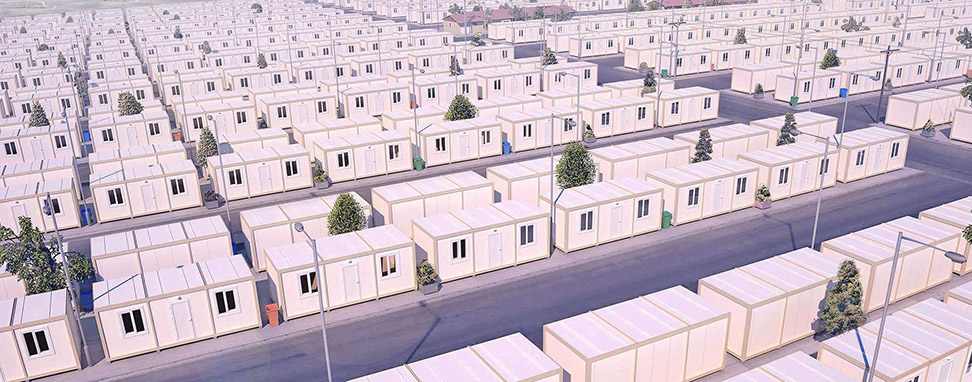
The pros of building a container house
Shipping containers are reusable, durable, and eco-friendly. They can be used to build a single- or multi-level home and are easy to modify, including adding rooms or increasing the size of existing spaces. They’re also easy to move, making them an ideal solution for those with a changing lifestyle or who want to travel the world.
The cons of building a container house
The biggest disadvantage is the limited space offered by shipping containers. They’re available in two sizes, 20-foot by 8 feet (160 square feet) and 40-foot by 8 feet (320 square feet).
Because the height of these containers is limited, it’s difficult to fit many items inside. In addition, the corrugated metal sides are not ideal for installing insulation.
Moreover, you’ll need to get a licensed electrician to install wiring for modern appliances and HVAC systems. You’ll also need a plumber to do plumbing work, and if you plan on living off-grid, solar panels will be necessary.
In order to build a container home, you’ll need to research local laws and regulations, including building codes and zoning restrictions. These rules will determine whether your container house meets a city’s requirements for construction and occupancy permits.








